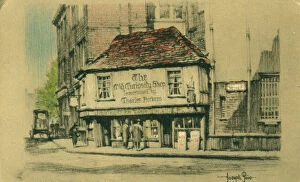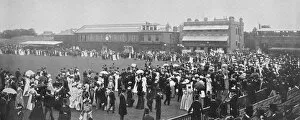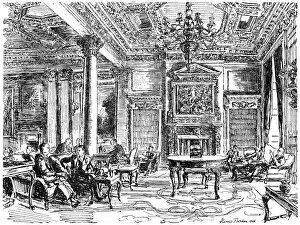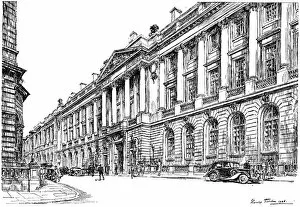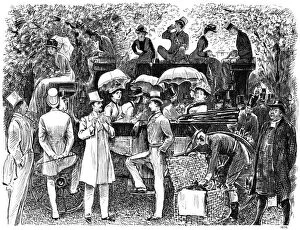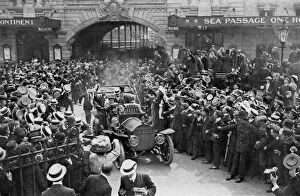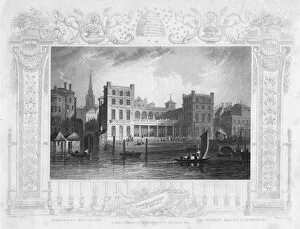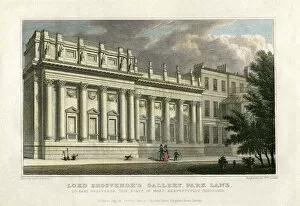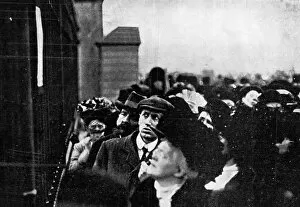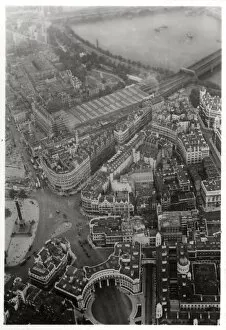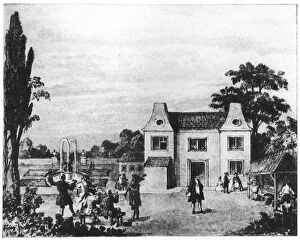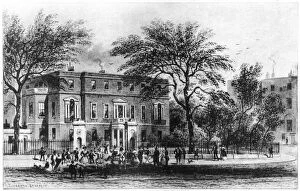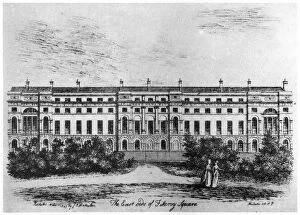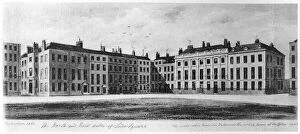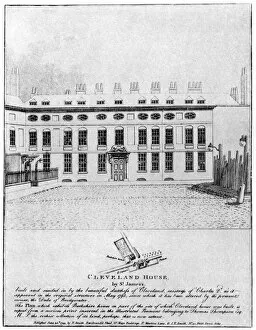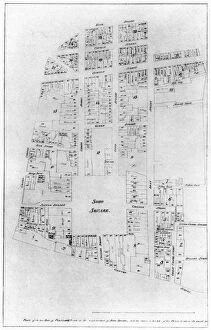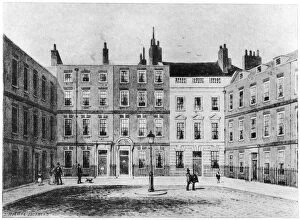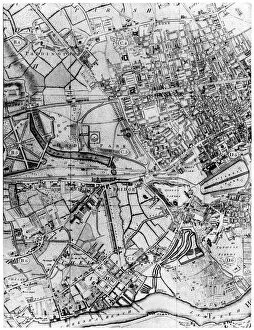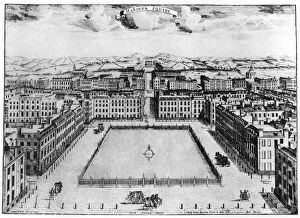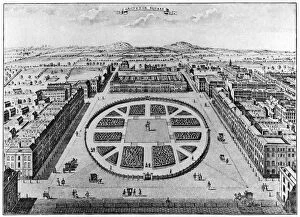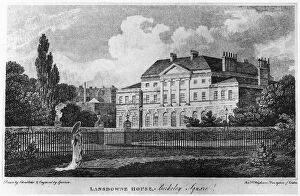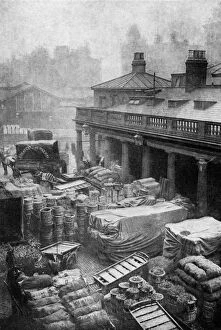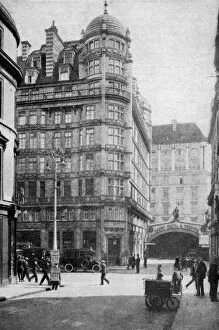Westminster Collection (#94)
Discover the rich history and iconic landmarks of Westminster, London
For sale as Licensed Images
Choose your image, Select your licence and Download the media
Discover the rich history and iconic landmarks of Westminster, London. From the infamous Gin Lane depicted by William Hogarth in 1751 to the breathtaking Rose Window at Westminster Abbey, this vibrant district is a treasure trove of cultural wonders. Take a stroll across Westminster Bridge and catch a glimpse of St Thomas Hospital, standing as a testament to centuries of healing. Marvel at the majestic statue of Boadicea (Boudicca), symbolizing strength and resilience in the heart of London. Hop on board a classic Routemaster Bus and feel like you've stepped back in time as you explore this bustling cityscape. Witness the bravery and heroism embodied by LCC-LFB fireboat Massey Shaw, forever etched into Westminster's maritime history. Look up to see the London air ambulance soaring above, ready to provide life-saving assistance when needed. Step into political greatness as you imagine William Pitt the Younger addressing Parliament with eloquence and conviction. Admire the grandeur Cathedral, an architectural masterpiece that stands tall amidst modernity. Relive moments of royal splendor during Queen Elizabeth II's coronation day at Buckingham Palace in 1953 or witness Fergie gracefully curtseying to Her Majesty during her wedding in 1986. And who can forget Big Ben? Peer inside its clock face from years gone by, capturing timeless beauty within Palace walls. Whether it's art, architecture, or historical events that pique your interest – Westminister has it all. Immerse yourself in this captivating district where every corner tells a story.

